
If you know anything about American sports, there is a good chance that you will have heard of an ‘All Star’ game that is played every now and then. The entire purpose of it is that it shows off the ‘best’ players in a given sport, asking them all to come together in order to form teams and play against one another. Though they are organised like normal games and aim to feature the best of the best, there is less emphasis on winning and more on entertainment. On top of that, the players are always keen to avoid getting injured.
Though most countries have some iteration of an ‘All Star’ game, they are peculiarly North American in both concept and delivery. In the United Kingdom, for example, there isn’t an All Star game, but there is the likes of the Soccer Aid matches, which involve some current players alongside former players and celebrities. They are done with the specific aim of raising money for charity, which isn’t always the case when it comes to the All Star games in the US. Here we’ll look at where they came from and what, exactly, they involve.
The Origins of the All Star Game
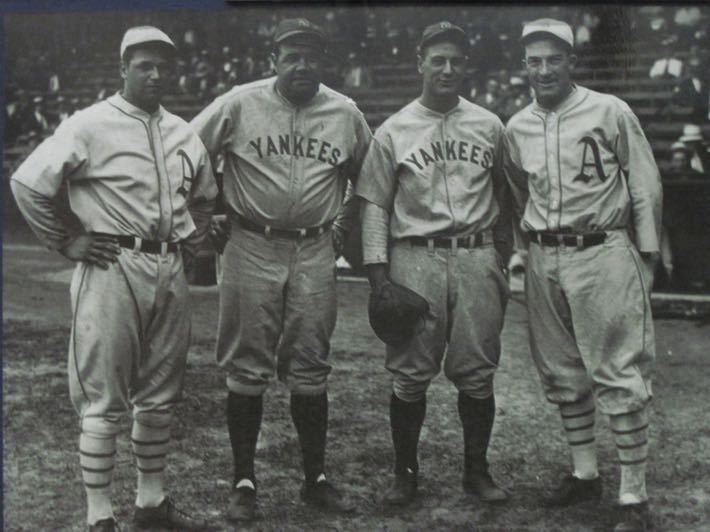
In 1933, Chicago hosted the World’s Fair to celebrate the centennial of the city. Though the theme was ‘technological innovation’, with the motto ‘Science Finds, Industry Applies, Man Adapts’, there was plenty going on during the exhibition. Chicago had long been a hub for baseball, thanks to the success of the Chicago White Sox team. As a result, the sports editor of the Chicago Tribune, Arch Ward, came up with the idea of hosting an exhibition game as a one-time event to demonstrate the sport during the World’s Fair.
The event was held on the 6th of July, 1933 and became the first such ‘All Star’ game in any of the American sports. It was not a completely new concept for baseball, which had been hosting benefit games to raise money for the families of players who died unexpectedly almost since the sport first began. In 1911, for example, the Addie Joss Benefit Game raised the modern equivalent of more than $375,000 for the family of Joss, who had died in April. The notion of bringing the best players in the game together was a new one, though.
Though it was intended to be a one-off, the success of the game meant that that was soon abandoned as a plan. In 1933 and 1934, the managers and the fans selected the All Star teams between them. That changed to being just the managers from 1935, then between 1947 and 1957 the fans chose the starters and the managers decided who would be pitchers. All Star games took place twice a season initially. Other sports noted the success and began to play All Star games of their own. A new American tradition was born.
How All Star Games Work
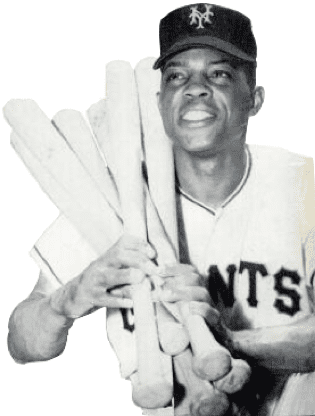
The idea of an All Star game is something of a foreign concept to European sports-lovers, especially those located in the United Kingdom. Why on earth do teams of professional players, who are actively trying to beat each other during a normal season, decide to join forces once a year to take each other on? It is not an easy question to answer, though the reality is that there is a lot of money involved in such games. It doesn’t work in Europe, largely because a competitive football game is more interesting than a friendly one.
In the United States of America, however, there is a desire to offer fans of the various sports the chance for constant entertainment. We shouldn’t forget that this is a country that is allergic to the idea of a draw, preferring the definitive answer of a winner over two teams sharing the spoils after a hard-fought match. All Star matches aren’t designed to be competitive, which is why most of the opportunity to suffer an injury is removed from the game. Ice hockey removes the checking, for example, whilst no blitzing is allowed in the American football All Star game.
As you might imagine, some sports fans adore All Star games, whilst others think they’re an absolute disaster. They were mostly borne out of the world of raising money to benefit others, then quickly shifted to raise money for the sport itself once it was realised just how much money could be taken from them. The All Star game during the Chicago World’s Fair came at a time when attendance at baseball games had dropped by 40%, so an attempt to boost the sport’s standing in the eyes of Americans was not a bad idea.
Changing the Format
Perhaps somewhat unsurprisingly, it took a while for All Star games to really find their footing. Initially, some of the sports asked the defending champions from the previous year to take on a mix of the best players from the rest of the teams. As that became old-hat, a mix of players from a league or conference would take on a mix of different players from another league or conference. It has also been experimented with to have teams play each other based on where they are based geographically, such as a US team versus the rest of the world.
There has been a desire to add competition to All Star games, even though they often take place in the middle of a season and are generally seen as glorified friendlies by all involved. One way that the competitive juices were supposed to flow was thanks to a team being picked by a former pro from a pool of players, with another former pro picking the other team. There have also been All Star teams from the United States taking on national teams from elsewhere, such as when the Soviet national hockey team played the US All Star team in 1979 and 1987.
Each sport has done what it can to try to inject something different into the All Star game. In 2003, for example, Major League Baseball said that the league whose team won the All Star game would get the home field advantage in the World Series, which was seen as an extraordinary step. Even so, it remains about the money for most involved. Players will often be paid bonuses in their contracts if they make the All Star game, for example, whilst a fee will be paid for playing in it and side-shows will also see money paid for success.
The Different All Star Games
Having outlined the history of the All Star game as a concept as well as how it tends to work, it is worth considering the different All Star games that take place in American sports. As you might imagine, some of them are more historically solid than others, whilst even the newer sports, such as Major League Soccer, have found ways to introduce All Star games in a manner that fits what they’re looking to do with the sport as a whole.
Major League Baseball All Star Game
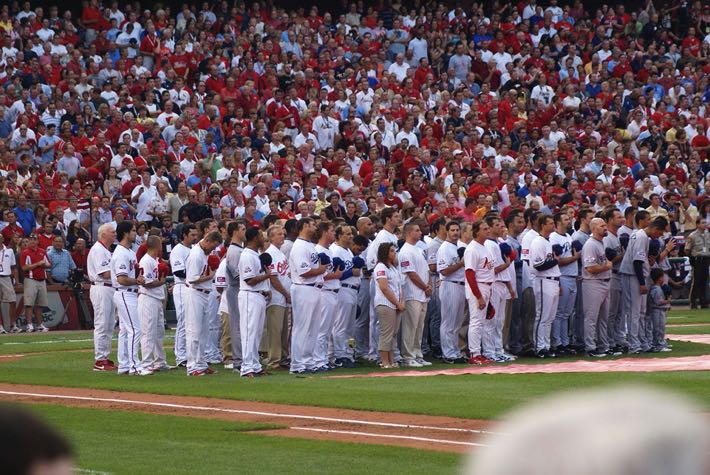
There is only one place to start, which is with the sport that began the entire process of having an All Star game. Known as the ‘Midsummer Classic’, it is sanction by Major League Baseball and usually takes place on the second of third Tuesday in July. It is meant to make the halfway point of the MLB season, though it isn’t literally halfway. The two leagues share an All Star break, ensuring that there are no games played from the day before until the day after the All Star game. There are usually events and festivities that are associated with it that take place too.
Major League Baseball decides on the venue for the All Star game using subjective criteria, often opting for cities that haven’t hosted it before or haven’t hosted it for some time. Traditionally, this is alternated between the American League and National League each year, though that has been broken several times. Since 1934, the teams have been managed by the World Series winners from the previous season. There have been 34 players on each team since 2018, with the players selected by fan voting, player voting and manager selection.
National Basketball Association All Star Game
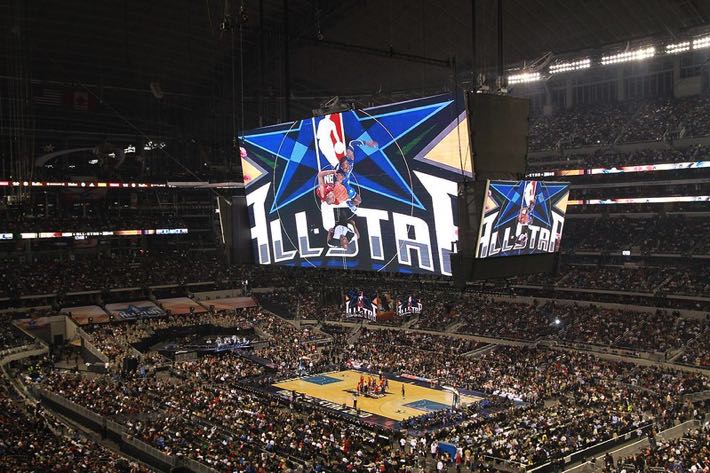
In terms of sheer excitement and end-to-end thrills, few sports hit the same heights as basketball. During the first 66-years of the All Star game’s existence, it had a format that saw the best players of the Eastern conference go up against the best players from the Western Conference. In 2018, a decision was taken to use a fantasy draft system for the All Star teams, with fans, players and media voting on the players that will take part. Each conference’s vote leader becomes the captain and picks the rest of the players from the All Star pool, irrespective of the conference that they spend their season playing baseball in.
The head coach for the All Star teams is chosen according to the team with the best record in each conference at the time that the game takes place, though the ‘Riley Rule’ introduced after the success of Pat Riley with the Los Angeles Lakers, means that no coach can take charge for consecutive years. In that instance, the coach with the next best record takes charge of the All Star team for that conference instead. Haskell Cohen created the All Star game in basketball at a time when the sport was suffering some controversy, believing it would lead to its renaissance.
National Football League Pro Bowl
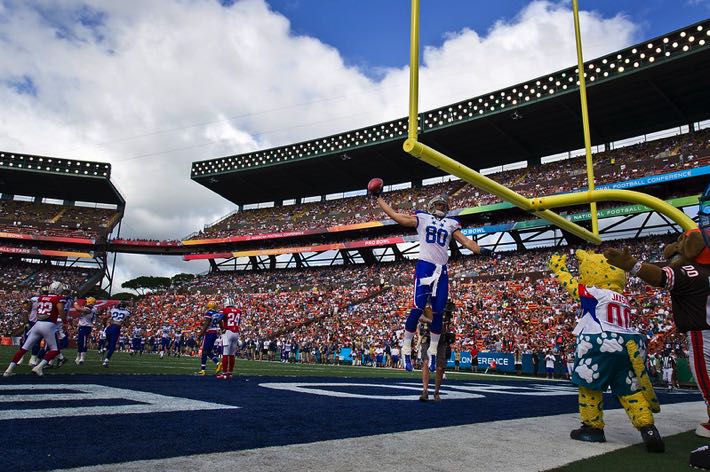
In the National Football League, the All Star game is known as the Pro Bowl. It started as a game between the winner of the NFL Championship and a team made up of the best players from the other leagues, but in 1951 that switches to become inter conference. That stopped between 2014 and 2016, but it returned in 2017. As you might imagine, the format has been tweaked and changed over the years, not least of all because it suffered from a lack of interest for a time when the quality of the game was considered to be quite poor.
The NFL differs from most of the other American sports, insomuch as it hosts its All Star game close to the end of the season, if not after it, rather than midway through. For a time, it took place after the Super Bowl, but in 2010, it was moved to the week before the Super Bowl, with players from teams involved in the sport’s premier competition therefore not taking part. As with other sports the players that take part in the event are voted on by the fans, other players and the coaches. Each group’s vote counts for one third of the total.
National Hockey League All Star Game

The last of the mainstream North American sports worthy of a mention when it comes to All Star games is the National Hockey League. Known as the Étoiles de la Ligue Nationale de Hockey in French, it is an exhibition game that is held in the middle of the NHL season. It started in 1947 and was initially a match between the winners of the Stanley Cup and the ‘best of the rest’. In 1969, the format shifted to see the Eastern Conference All Stars take on the Western Conference All Stars, with the teams voted on by the fans.
In 2015, it was announced by the NHL that the All Star game format would be changing. Instead of a one off game featuring two teams, there would be four All Star teams from the four divisions in the National Hockey League. The would take part in a single elimination tournament, involving three on three and ten minutes in each half. There would then be a three round shootout if the games were level, leading to the All Star Game Final. The winning team in the NHL All Star Skills Competition gets to pick their opponent in the semi-final.
Major League Soccer
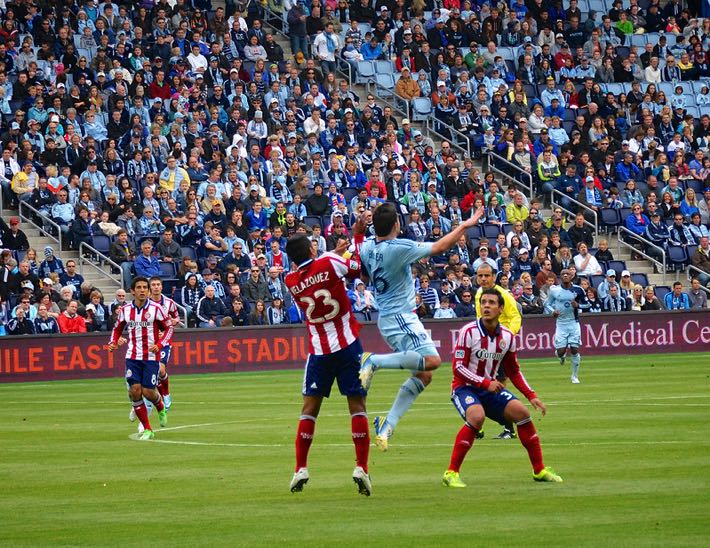
Whilst the NHL was the last mainstream sport, Major League Soccer has become more and more prominent in the United States in recent years. Indeed, it has now reached the point that an All Star game seems entirely appropriate, though the first one was actually played in 1996. The game tends to involve there best placers from the MLS joining a team to take part in a match against either an international club or else selected players from Liga MX, the top-tier professional league in Mexican football.
Initially, the game involved players from the Eastern Conference taking on the Western Conference, but this evolved into the current system and is more popular as a result. The players earn their place in the team thanks to a combination of fan votes and the League Commissioner, in addition to selections from the chosen manager. If the game is a draw after 90 minutes, it advances straight to penalties. There is a skills challenge before the match, whilst a Homegrown Game in the MLS takes place in parallel to the All Star format.